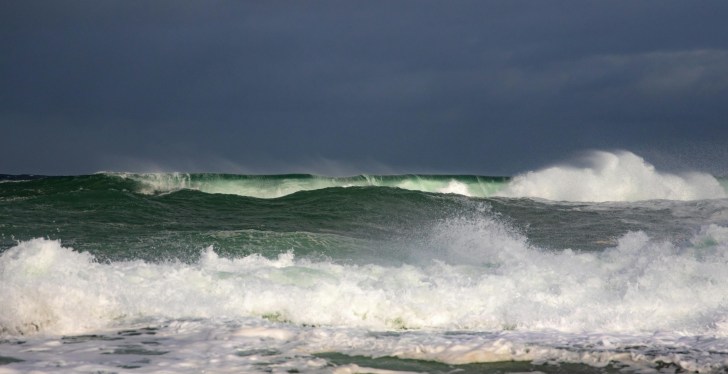Waves from a ferocious tsunami have reached shores in the US following one of the most powerful earthquakes ever recorded.
According to a report by USA Today, an 8.8 magnitude earthquake occurred on July 29 near the Kamchatka Peninsula in Russia. The tremor was so strong that it is now in the top 10 most powerful quakes on record. USA Today notes that the area is known for geological events, like earthquakes and volcanoes.
The seismic activity generated a destructive tsunami, which was reportedly up to 13 feet high, prompting evacuations in Russia and Japan.
The tsunami warning reached the US on July 29 in the afternoon. Authorities reportedly blasted sirens urging people to evacuate Hawaii’s coastline before the first waves were scheduled to arrive. The waves started hitting the beach at around 7 PM, but officials were relieved to see they weren’t as severe as they had previously feared.
Officials Have Downgraded Tsunami Warnings In Hawaii
According to CNN, the tsunami hit multiple US shores, including Hawaii, California, Oregon, Washington, and Alaska. However, in Hawaii, authorities have already downgraded the situation from a “Tsunami Warning” to a “Tsunami Advisory.” The Office of the Governor of Hawaii posted a message on X about the downgrade. “Evacuations cancelled for Oahu. Residents may return home,” The post reads. “Remain cautious near or in the water. Widespread flooding is NOT expected. Stay away from beaches, shorelines, and out of the ocean.”
A tweet by NWS Eureka also urged caution, explaining that the first waves hit Crescent City and Humboldt Bay during the early hours. “Waves will continue to build in through the night and will become more dangerous as we approach high tide. Stay away from beaches!” officials warn.
According to an updated report by CNN, only one portion of the US coastline is still under a “Tsunami Warning” instead of the downgraded Advisory. The outlet explains that the affected area is a 40-mile stretch of coastline in North Carolina. The area starts just south of Klamath and extends to the Oregon border, including Crescent City. The area reportedly has underwater geography, which makes it more prone to severe waves than other nearby areas.
